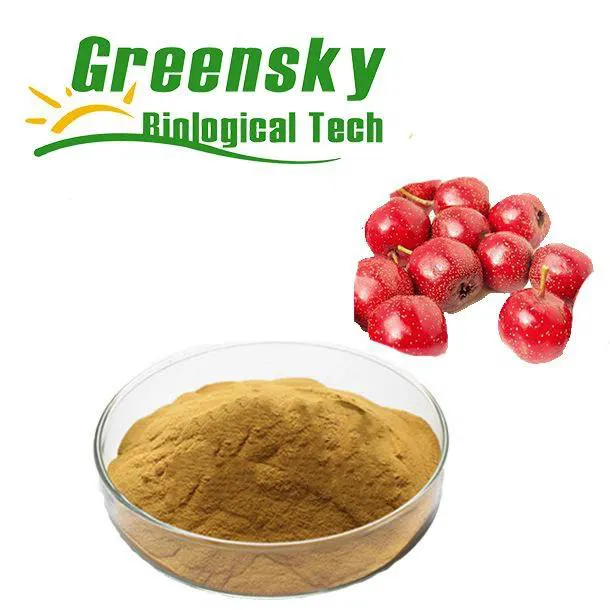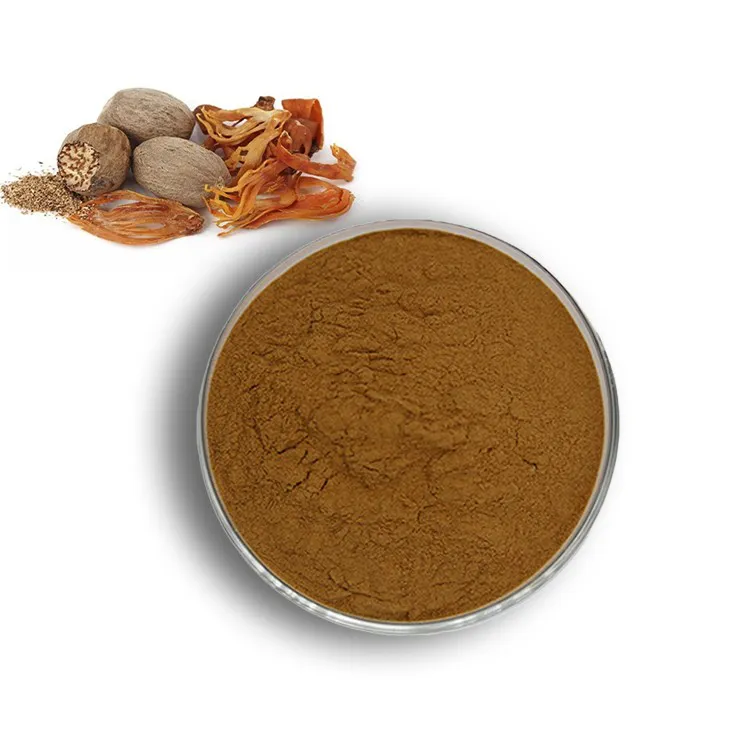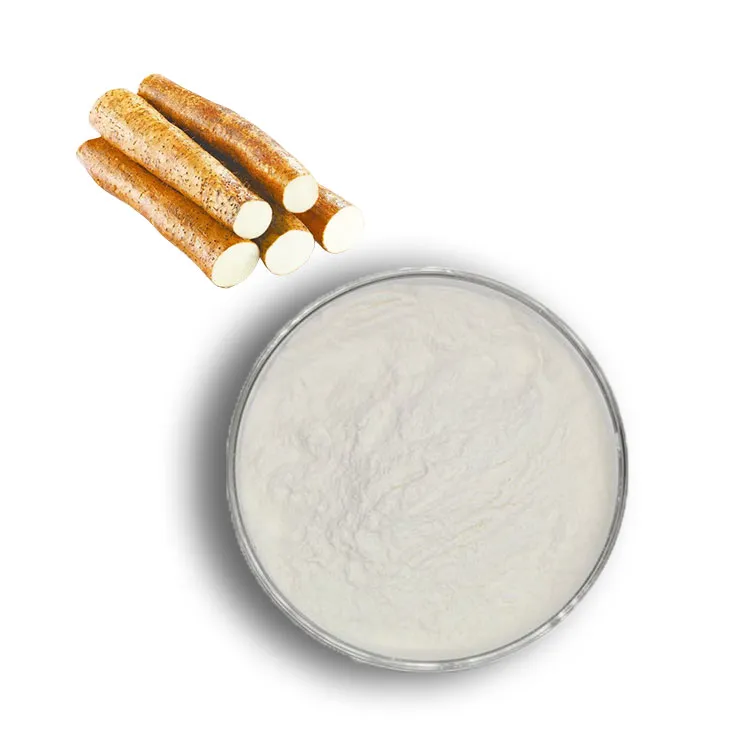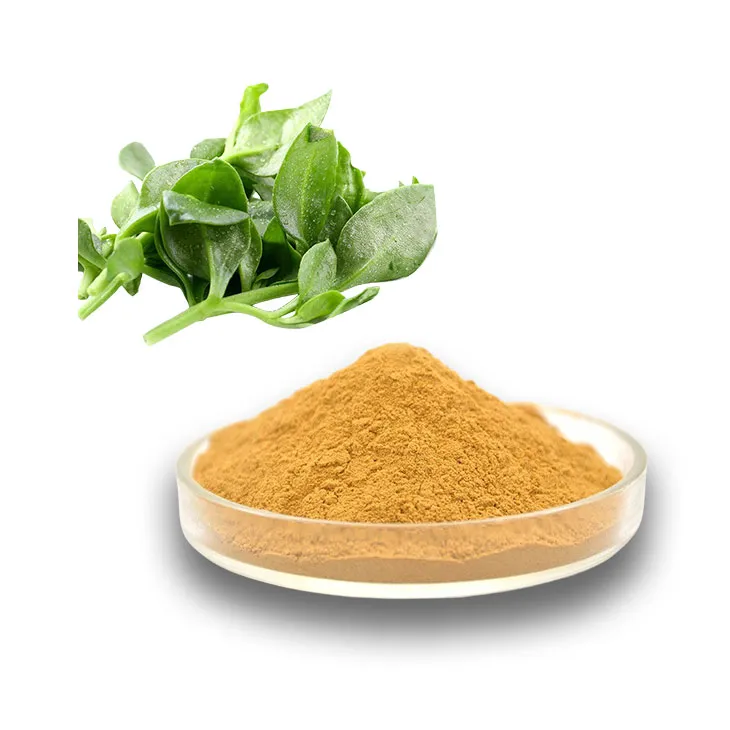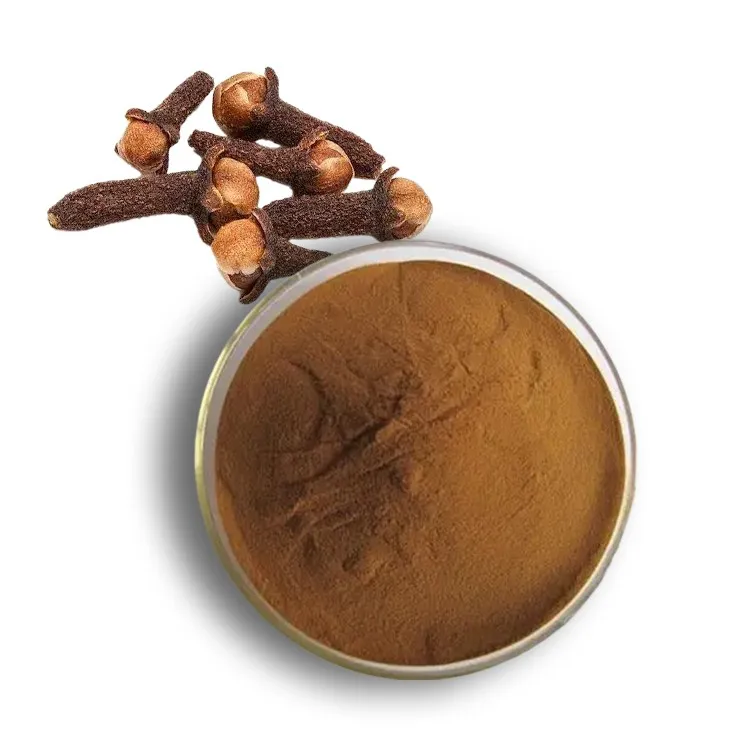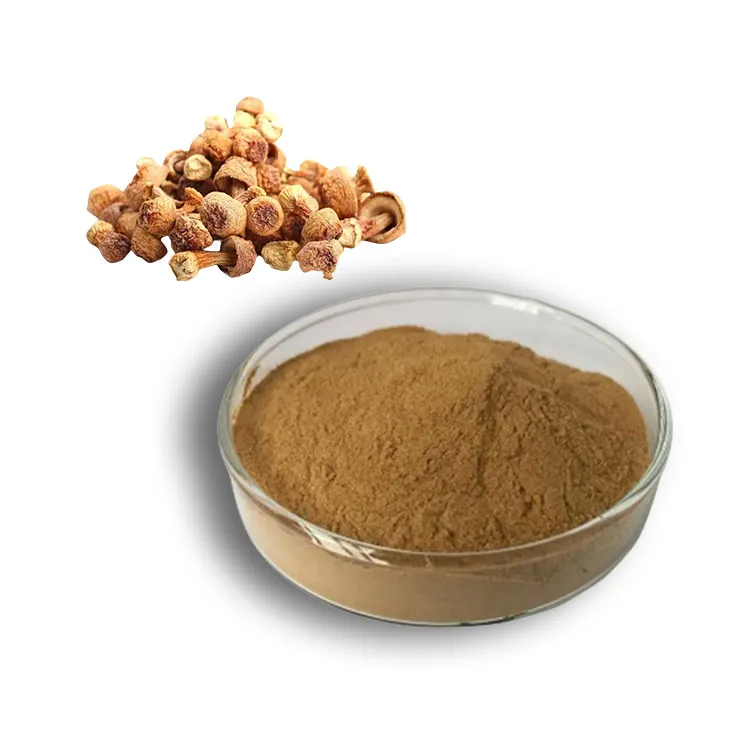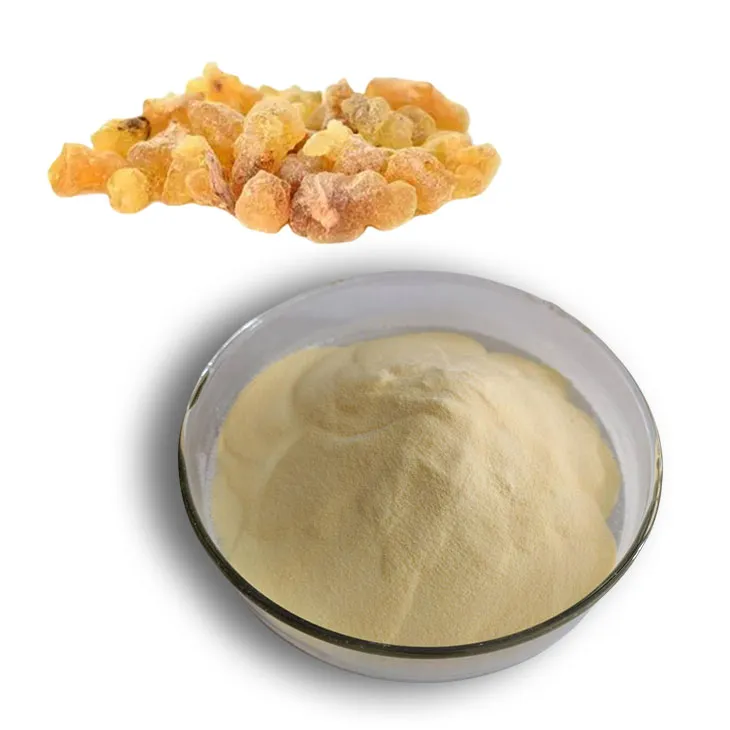- 0086-571-85302990
- sales@greenskybio.com
How to Start a Business in the Lucrative Green Tea Extract Industry.
2024-12-10
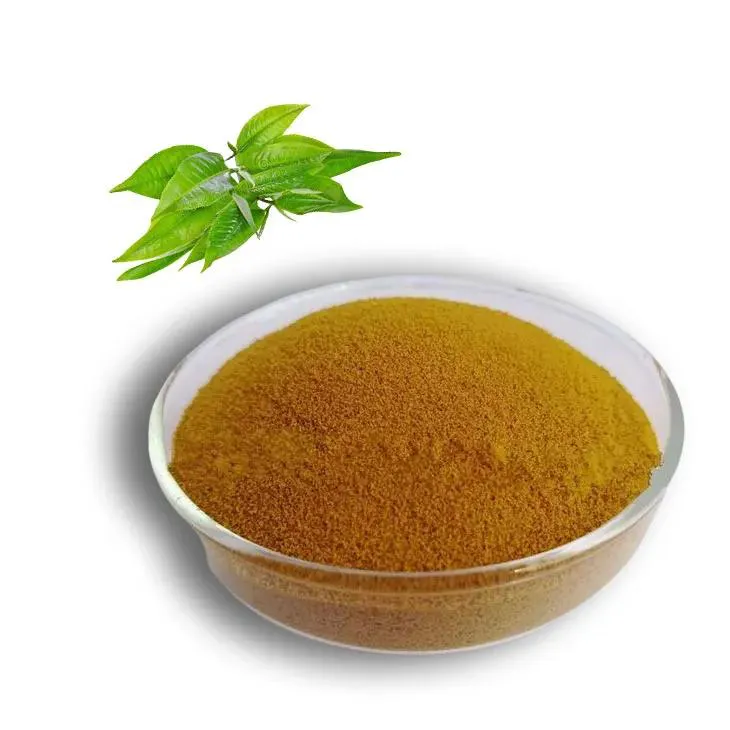
1. Introduction
The Green Tea Extract industry has been growing steadily in recent years, driven by increasing consumer awareness of the health benefits associated with green tea. Green Tea Extracts are rich in antioxidants such as catechins, which have been linked to various health benefits including improved heart health, weight management, and reduced risk of certain cancers. Starting a business in this lucrative industry, however, requires careful planning and consideration. This article will guide you through the essential steps to start a successful business in the Green Tea Extract industry.
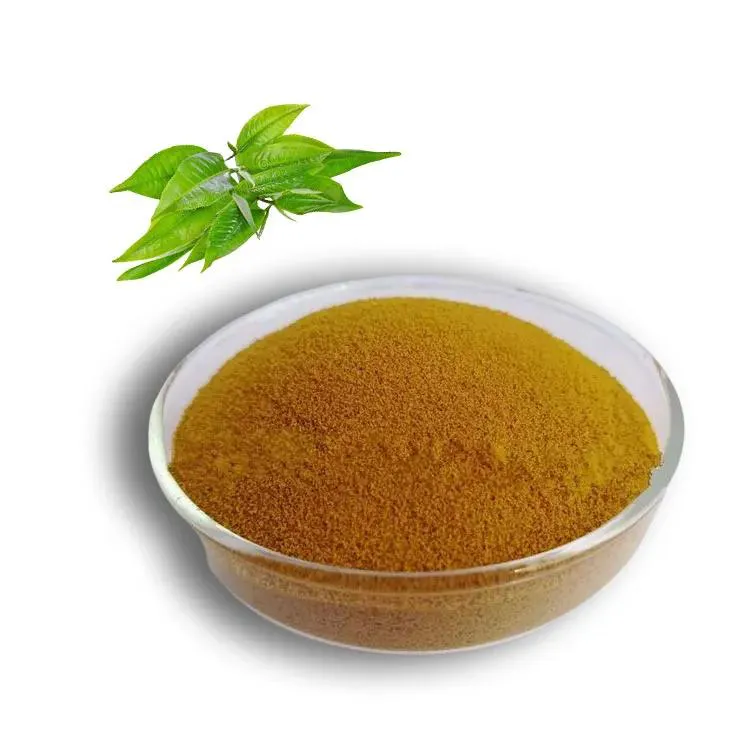
2. Researching Industry Trends
2.1 Market Size and Growth Potential
Before diving into the green tea extract business, it is crucial to understand the current market size and its growth potential. Research reports and industry analyses can provide valuable insights into the historical and projected growth of the green tea extract market. Look for data on the volume of green tea extract sales, both domestically and internationally, and how it has been changing over the years. For example, in some regions, the demand for green tea extract in the dietary supplement and functional food sectors has been increasing steadily due to the growing health - conscious consumer base.
2.2 Consumer Preferences
- Understanding consumer preferences is key to developing successful green tea extract products. Consumers are increasingly interested in natural and organic products. Therefore, if possible, consider sourcing organic green tea for extraction.
- Another important aspect of consumer preferences is the form of the green tea extract product. Some consumers prefer capsules, while others like liquid extracts or powdered forms. Market research can help you determine which forms are most popular in your target market.
- Taste also plays a role. Green tea extracts can have a bitter taste, and consumers may prefer products that have been flavored or masked in some way to improve palatability.
The green tea extract industry is subject to various regulations, especially when it comes to dietary supplements and food products. Familiarize yourself with the local and international regulations regarding the production, labeling, and marketing of green tea extracts. For example, in the United States, the Food and Drug Administration (FDA) has specific requirements for dietary supplement labeling, including the need to list ingredients, directions for use, and any potential warnings. In the European Union, similar regulations exist to ensure the safety and quality of food and supplement products containing green tea extracts.

3. Production Cost Management
3.1 Optimizing Extraction Processes
- The extraction process is a critical factor in determining the production cost and quality of green tea extracts. There are several extraction methods available, such as solvent extraction, supercritical fluid extraction, and microwave - assisted extraction. Each method has its own advantages and disadvantages in terms of cost, efficiency, and quality of the extract obtained.
- Solvent extraction is a commonly used method, but it may require the use of organic solvents which can be expensive and may also pose environmental and safety concerns. Supercritical fluid extraction, using carbon dioxide as the solvent, can produce high - quality extracts with less solvent residue, but the equipment required is more expensive.
- Microwave - assisted extraction is a relatively new and energy - efficient method that can potentially reduce extraction time and cost. However, more research may be needed to optimize this method for large - scale production.
- The cost and quality of raw materials, i.e., green tea leaves, significantly impact production costs. Look for reliable suppliers who can provide high - quality green tea leaves at a competitive price. Consider establishing long - term relationships with tea growers or tea - producing regions.
- Geographical location can also play a role in sourcing raw materials. For example, some regions are known for producing high - quality green tea, such as China and Japan. However, importing tea from these regions may involve additional costs such as transportation and customs duties.
- Another option is to explore local sources of green tea. This can reduce transportation costs and may also support local agriculture. However, it is important to ensure that the local tea meets the quality requirements for extraction.
- The equipment needed for green tea extraction can be a significant investment. Depending on the extraction method chosen, you may need to purchase extraction vessels, separators, drying equipment, and other related machinery. Research different equipment suppliers to find the best quality equipment at a reasonable price.
- In addition to equipment costs, the cost of setting up and maintaining a production facility should also be considered. This includes rent, utilities, and labor costs. Look for a facility location that offers favorable economic conditions, such as lower rent and access to a skilled workforce.

4. Building Strong Relationships with Suppliers and Partners
4.1 Identifying Reliable Suppliers
- When it comes to green tea leaves, finding reliable suppliers is essential. Look for suppliers with a good reputation for quality and reliability. Check for certifications such as organic certifications if you plan to produce organic green tea extracts.
- Supplier stability is also important. A supplier that has been in business for a long time and has a stable production capacity is more likely to be able to meet your long - term needs. You can visit tea - producing regions and meet with potential suppliers in person to assess their operations.
- Once you have identified reliable suppliers, aim to establish long - term partnerships. Long - term partnerships can bring several benefits, such as more favorable pricing, priority access to high - quality raw materials, and better communication and cooperation in supply chain management.
- For example, you can negotiate contracts with suppliers that include price stability clauses and volume discounts based on your projected production needs. This can help you better manage your production costs over time.
- Partnering with research institutions can be a great way to gain a competitive edge in the green tea extract industry. Research institutions can provide valuable scientific support, such as research on new extraction methods, product development, and quality control.
- They can also help you stay updated on the latest scientific findings related to green tea extracts, which can be used to improve your product formulations and marketing strategies. For example, if new research discovers additional health benefits of a particular compound in green tea extracts, you can use this information to promote your products.
5. Developing a Unique Selling Proposition
5.1 Highlighting Quality and Purity
- In a crowded market, emphasizing the quality and purity of your green tea extract products can set you apart from competitors. Use high - quality raw materials and advanced extraction methods to ensure that your products contain a high concentration of active ingredients, such as catechins.
- You can also obtain third - party certifications for quality and purity, such as Good Manufacturing Practice (GMP) certifications. Display these certifications prominently on your product packaging and marketing materials to build consumer trust.
- Consider developing green tea extract products with specialized features. For example, you could develop a product that is specifically formulated for a particular health condition, such as a green tea extract supplement for weight management or heart health.
- Another option is to create products with unique formulations, such as combining green tea extract with other complementary ingredients like vitamins or herbs. This can appeal to consumers who are looking for more comprehensive health solutions.
- Telling a compelling brand story can also be a powerful unique selling proposition. Share the story behind your company, such as your commitment to sustainable sourcing of green tea leaves or your dedication to promoting the health benefits of green tea.
- Highlight your company's values, such as environmental sustainability, social responsibility, or support for local communities. Consumers are increasingly interested in brands that align with their own values, and this can help you build a loyal customer base.
6. Conclusion
Starting a business in the green tea extract industry can be a rewarding endeavor, but it requires careful planning and execution. By researching industry trends, managing production costs, building strong relationships with suppliers and partners, and developing a unique selling proposition, you can increase your chances of success in this lucrative market. Keep in mind that the industry is constantly evolving, so it is important to stay updated on the latest trends and adapt your business strategies accordingly.
FAQ:
What are the current industry trends in the green tea extract business?
The green tea extract industry has seen several trends in recent years. There is an increasing demand for high - quality, pure extracts due to the growing awareness of green tea's health benefits. Consumers are also more interested in extracts that are sustainably sourced. Additionally, there is a trend towards functional products that combine green tea extract with other beneficial ingredients. Technological advancements in extraction methods are also on the rise, allowing for more efficient and cost - effective production.
How can one optimize the extraction process to manage production costs?
To optimize the extraction process for cost management, one can start by investing in modern extraction equipment. Newer technologies often offer higher yields with less waste. Secondly, continuous process improvement is crucial. This involves regularly analyzing and adjusting parameters such as temperature, pressure, and solvent usage. Additionally, sourcing raw materials efficiently can also contribute to cost savings. Buying in bulk from reliable suppliers can reduce the cost per unit of the green tea used for extraction.
What are the key factors in building strong relationships with suppliers?
Communication is key when building relationships with suppliers. Clear and regular communication helps in understanding each other's needs and expectations. Reliability is also important. Paying on time and honoring contracts builds trust. Quality assurance is another factor. Working with suppliers who can consistently provide high - quality green tea leaves is essential. Additionally, exploring long - term partnerships can often lead to better deals and more collaborative problem - solving.
How can a unique selling proposition be developed for green tea extract products?
First, research the market to identify gaps or unmet needs. For example, if most products focus on general health benefits, a unique selling proposition could be centered around a specific benefit like stress reduction or skin health. Secondly, highlighting the quality and purity of the extract can set a product apart. If the extraction process is unique or uses special techniques, this can also be part of the USP. Packaging and branding can also play a role. A distinctive and eco - friendly packaging design can attract consumers, as well as a brand story that emphasizes the product's origin, ethical sourcing, or scientific research behind it.
How important is consumer preference research in the green tea extract business?
Consumer preference research is extremely important in the green tea extract business. It helps in product development, ensuring that the final product meets the needs and wants of the target market. For example, if consumers prefer a certain flavor profile or form of the extract (such as capsules or liquid), this knowledge can guide production decisions. It also aids in marketing strategies, as understanding what consumers value (e.g., organic, non - GMO) allows for effective messaging. Moreover, staying updated on consumer preferences helps in anticipating market changes and staying competitive.
Related literature
- The Green Tea Extract Market: Trends and Opportunities"
- "Green Tea Extract Production: Best Practices for Cost - Efficiency"
- "Supplier Relationship Management in the Herbal Extract Industry"
- "Developing a Unique Selling Proposition for Nutraceutical Products"
- "Understanding Consumer Preferences for Green Tea - Based Products"
- ▶ Hesperidin
- ▶ Citrus Bioflavonoids
- ▶ Plant Extract
- ▶ lycopene
- ▶ Diosmin
- ▶ Grape seed extract
- ▶ Sea buckthorn Juice Powder
- ▶ Fruit Juice Powder
- ▶ Hops Extract
- ▶ Artichoke Extract
- ▶ Mushroom extract
- ▶ Astaxanthin
- ▶ Green Tea Extract
- ▶ Curcumin
- ▶ Horse Chestnut Extract
- ▶ Other Product
- ▶ Boswellia Serrata Extract
- ▶ Resveratrol
- ▶ Marigold Extract
- ▶ Grape Leaf Extract
- ▶ New Product
- ▶ Aminolevulinic acid
- ▶ Cranberry Extract
- ▶ Red Yeast Rice
- ▶ Red Wine Extract
-
Hawthorn Extract
2024-12-10
-
Marigold Extract
2024-12-10
-
Nutmeg Extract
2024-12-10
-
Yam Extract
2024-12-10
-
Green coffee bean Extract
2024-12-10
-
Andrographis Paniculata Extract Powder
2024-12-10
-
Polygonum Cuspidatum Extract
2024-12-10
-
Clove Powder
2024-12-10
-
Agaricus Blazei Extract
2024-12-10
-
Boswellia Serrata Extract
2024-12-10











